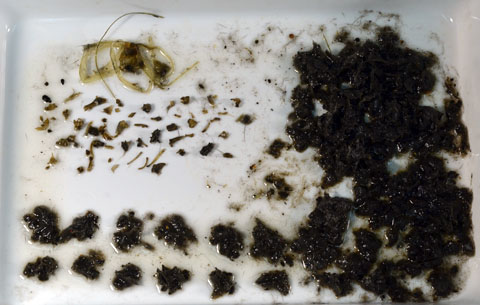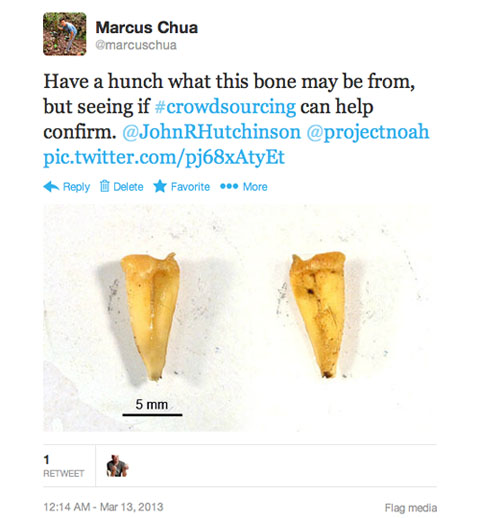Leopard cat publication update 2015 to 2017
Some leopard cat publications were out in the last two years, and I try to keep track of as many as possible. Some quick thoughts and summary:
Nakanishi & Izawa took a look at the importance of frogs in the diet of the leopard cats from Iriomote Island, Japan. I must say that the Japanese are the gold standard in leopard cat species biology work with the population on Iriomote Island. They examined the stomach contents and compared the results to scat analysis, which is traditionally more frequently used as it is less invasive. Frogs appeared to be important, but under represented compared to scat studies.
Meanwhile. Srivathsa et al. were one of the first to use camera traps to estimate leopard cat population density in India. The density in in forests there appear to be similar to Sabah, but below what we have on Pulau Tekong, Singapore.
Going back about 5,000 years ago, it seems that leopard cats had some close interaction or relationship with Neolithic people in China. The authors (Vigne et al.) use the term “domestic”, but I’ll hesitate to do so in the strict sense of the word.
And finally, a molecular phylogeography of the leopard cat sampled across its global distribution. Rather important that this is done, and the coverage is quite admirable. I cannot say the results are unexpected though (see image below).
Arjun Srivathsa, Ravishankar Parameshwaran, Sushma Sharma, K. Ullas Karanth. (2015) Estimating population sizes of leopard cats in the Western Ghats using camera surveys. Journal of Mammalogy 96(4): 742-750. doi: 10.1093/jmammal/gyv079
Nakanishi, N. & Izawa, M. (2016) Importance of frogs in the diet of the Iriomote cat based on stomach content analysis. Mammal Research 61: 35. doi:10.1007/s13364-015-0246-9
Riddhi P. Patel, Saskia Wutke, Dorina Lenz, Shomita Mukherjee, Uma Ramakrishnan, Géraldine Veron, Jörns Fickel, Andreas Wilting, Daniel W. Förster. (2017) Genetic Structure and Phylogeography of the Leopard Cat (Prionailurus bengalensis) Inferred from Mitochondrial Genomes. J Hered 2017 esx017. doi: 10.1093/jhered/esx017
Vigne J-D, Evin A, Cucchi T, Dai L, Yu C, Hu S, et al. (2016) Earliest “Domestic” Cats in China Identified as Leopard Cat (Prionailurus bengalensis). PLoS ONE 11(1): e0147295. https://doi.org/10.1371/journal.pone.0147295






